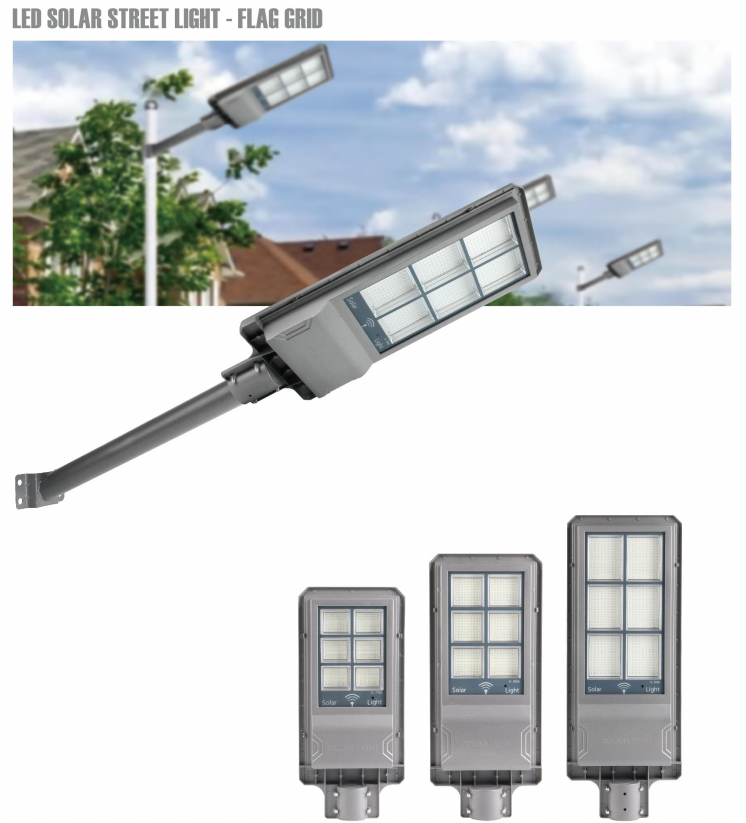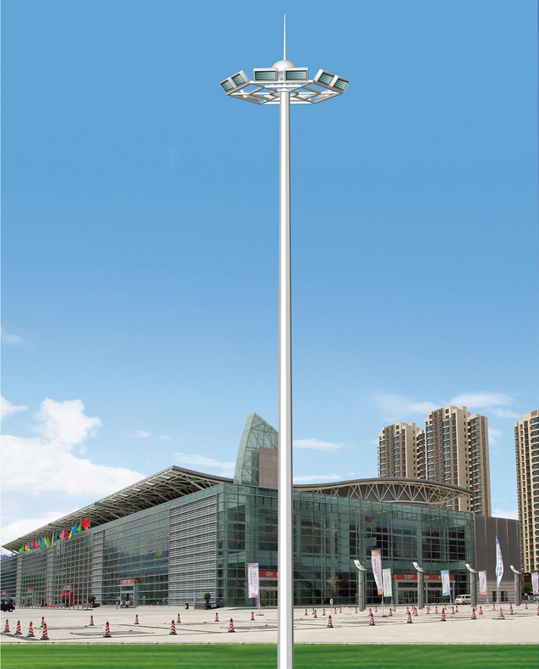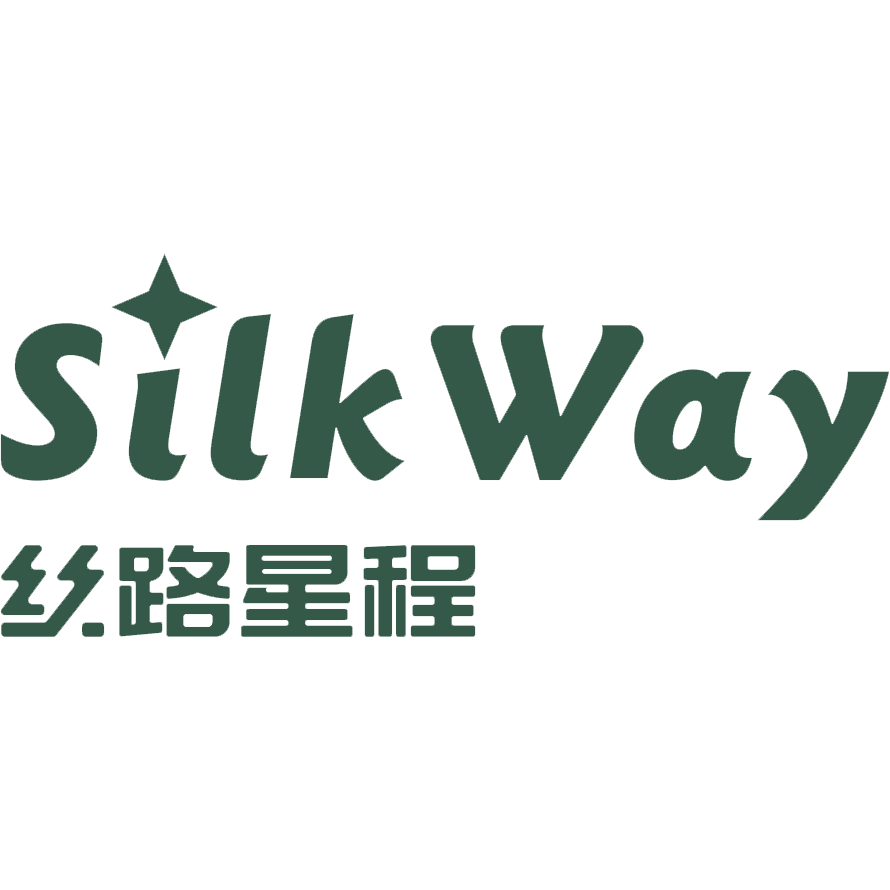How to choose high-quality truck tarpaulin?
Choosing high-quality truck tarpaulins requires comprehensive judgment from multiple dimensions such as material, process, performance, and specifications. The following are specific selection points and pit avoidance guidelines:
1、 Looking at Material: The Foundation of Core Performance
1. Common material types and characteristics
Advantages and disadvantages of materials, applicable scenarios
PVC coated cloth has strong waterproof, wear-resistant, anti-aging, moderate price, low temperature, easy to be hard and brittle (caution should be taken below -10 ℃), daily freight and humid environment
Organic silicone canvas is resistant to high temperatures (-30 ℃~200 ℃), flame retardant, and has good breathability. It is priced higher for high-temperature transportation (such as food and industrial products)
Knife scraping cloth has high strength, tear resistance, acid and alkali corrosion resistance, heavy weight, slightly poor flexibility, heavy-duty cargo, and harsh road conditions
Nylon fabric is lightweight, strong in tensile strength, easy to fold, and generally waterproof (requiring coating treatment). It can be used for light throwing and temporary covering of goods
Traditional wax canvas has good waterproof performance, low cost, easy to absorb dust, poor breathability, easy to crack after long-term use, short distance transportation, and non precision goods
2. Key material indicators
Fabric density:
Measured by "latitude and longitude density" (such as 10 × 10, 12 × 14), the higher the value, the thicker the fabric and the stronger its tear resistance. For example, it is recommended to choose PVC cloth with a density of 12 × 14 or higher for long-distance transportation.
Coating thickness:
The coating thickness of PVC cloth is usually 0.3~0.6mm, and thick coating has better waterproof performance, but the weight increases. It can be judged by hand feel that the high-quality coating is uniform and smooth, without bubbles or delamination.
Environmental friendliness:
Check if it has passed environmental certification (such as EU REACH), odorless materials are safer, especially suitable for transporting sensitive goods such as food and drugs.
2、 Checking craftsmanship: the core determining durability
1. Suture process
Trace density:
High quality tarpaulin has uniform stitching, with a minimum of 8 stitches per 10cm. If the stitches are too thin, they are prone to cracking. Focus on checking whether the edge wrapping is firm and whether there is a "locking edge" treatment (to prevent the burrs from scattering).
Seam treatment:
The seams of waterproof tarpaulins need to undergo a "heat sealing process" (high-temperature welding) instead of ordinary sewing to avoid water leakage from the needle holes.
Check if the joint overlaps by ≥ 10cm and reinforce it with tape or pressure strips (especially at the top and corners).
2. Quality of accessories
Buckle/Hook:
Choose stainless steel or aluminum alloy material (rust resistant) and avoid using iron buckle rings (prone to breakage). The recommended spacing between the buckle rings is ≤ 50cm, and they should be evenly and symmetrically distributed.
Rope/Buckle:
The matching nylon rope should have a diameter of ≥ 6mm and a tensile force of ≥ 500kg; the metal buckle should be thick and free of burrs, and tightly bite when closed.
3、 Performance testing: Reject "paper parameters" and conduct practical verification
1. Waterproof test
Direct water splashing method:
Sprinkle a small amount of water on the surface of the tarpaulin and observe whether the water droplets quickly roll off (high-quality tarpaulin water droplets are spherical and impermeable); After standing for 5 minutes, flip the fabric over and there are no signs of moisture on the inside.
Seam water leakage test:
Splash water on the joint and check if there are any water stains on the back, especially the horizontal joint of the roof tarpaulin, which is a high-risk area for water leakage.
2. Tear resistance test
Hand pulled:
Pull the edge of the tarpaulin with force, and high-quality fabric should have no obvious deformation or tearing sound; If it breaks easily with a gentle pull, it indicates that the density of the base fabric is insufficient.
Wear resistance test:
Lightly scratch the surface of the coating with a key or sandpaper. High quality coatings should have no scratches or peeling, while inferior coatings may show obvious damage.
3. Wind and earthquake resistance test (simulated scenario)
Shake test:
Tighten the small piece of tarpaulin and shake it left and right to observe if it is easily blown by the wind (tarpaulins with good wind resistance are tightly stretched like a drum and not easily deformed).
Load bearing test:
For heavy-duty goods, the tarpaulin can be laid flat and a 50kg weight can be placed to observe whether there is any stretching deformation or damage.
4、 Select specifications: match vehicle model and cargo requirements
1. Size adaptation
Length and width:
The size of the tarpaulin should be 1-2 meters larger than the length and width of the carriage (with reserved fixing allowance). For example, for a 13 meter trailer, it is recommended to choose a 15 × 5-meter tarpaulin to ensure that the four sides sag by at least 1 meter.
High adaptability:
When transporting oversized goods, it is necessary to choose "trapezoidal tarpaulin" or "raised edge cloth", with the height of the edge cloth ≥ the height of the goods beyond the carriage+30cm (to prevent the top from slipping off).
2. Function customization
Color selection:
Light colored (white/silver) reflects sunlight and is suitable for transportation in high-temperature environments; Dark color (blue/green) resistant to dirt, suitable for ordinary goods.
Dangerous goods transportation requires red or orange tarpaulins (for warning purposes), and some countries require tarpaulins to be printed with reflective strips.
Special Features:
Cold chain transportation: Choose insulation tarpaulin (with cotton or pearl cotton added to the inner layer).
Chemical transportation: requires acid and alkali resistant polyethylene (PE) tarpaulin or PTFE coated cloth.
5、 Brand and certification: reducing the risk of pitfalls
1. Prioritize choosing legitimate brands
Famous brands such as Tongtuo, Bailukai, and Pengfa usually have strict quality control measures, providing quality inspection reports and warranty services (generally with a warranty of 1-3 years).
Avoid purchasing "three no products": tarpaulins without factory names, specification labels, and quality assurance certificates.
2. Identify authoritative certifications
National standard certification: GB/T 19978-2005 (Weather resistance standard for tarpaulins), GB 8410-2006 (Flame retardant standard, applicable to flammable goods).
Industry certification: Recommended by the Ministry of Transport as a list of "freight tarpaulin standard products", or EU CE certification (essential for cross-border transportation).
6、 Guide to Avoiding Pits: Beware of Common Characteristics of Poor Quality Products
Low price trap:
Tarpaulins that are 30% lower than the average market price are highly likely to be cut corners (such as insufficient coating thickness or low fabric density), and may be damaged during short-term use.
Passing off inferior goods as good:
Pretending to be "knife scraping cloth": It is actually ordinary PVC cloth, which can be identified by weight (the weight of knife scraping cloth per square meter is ≥ 500g, while ordinary cloth is about 300-400g).
Recycled material production: It has a pungent odor, uneven dark color, and is prone to cracking when rubbed by hand.
False advertising:
Claiming 'Lifetime Waterproof': Any material's coating will age after long-term use, and high-quality tarpaulins typically guarantee 2-3 years of waterproof performance.
7、 Cost effectiveness suggestion: Choose according to your needs, balance cost and performance
Short distance light load: Choose PVC cloth with a density of 10 × 10 (priced at about 8-12 yuan/square meter) to meet basic waterproof needs.
Long distance heavy load: Priority is given to scraping cloth or silicone canvas (15-25 yuan/square meter), with strong tear resistance and a service life of up to 3-5 years.
High frequency use: Invest in reusable "quick release tarpaulins" (with buckles and slides) to improve loading and unloading efficiency and lower long-term costs.
Through comprehensive screening based on the above dimensions, it can not only avoid damage to goods caused by poor quality materials, but also extend the service life of tarpaulins, achieving cost reduction and efficiency improvement. When purchasing, it is recommended to request sample testing or request the manufacturer to provide actual test videos of transportation scenarios to ensure consistency with promotional performance.










Please first Loginlater ~